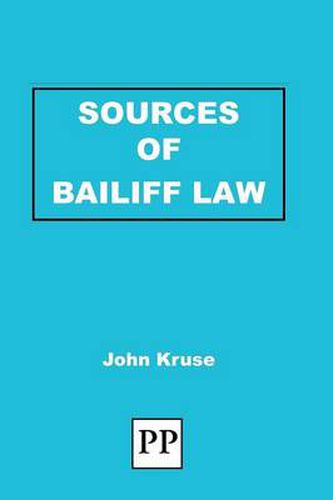Readings Newsletter
Become a Readings Member to make your shopping experience even easier.
Sign in or sign up for free!
You’re not far away from qualifying for FREE standard shipping within Australia
You’ve qualified for FREE standard shipping within Australia
The cart is loading…






This title is printed to order. This book may have been self-published. If so, we cannot guarantee the quality of the content. In the main most books will have gone through the editing process however some may not. We therefore suggest that you be aware of this before ordering this book. If in doubt check either the author or publisher’s details as we are unable to accept any returns unless they are faulty. Please contact us if you have any questions.
There are several reasons for this book: * The physical inaccessibility of the law: many of the reports are only to be found in the medieval Year Books, in the'English Reports’ and in unreported cases * The linguistic inaccessibility of the older reports * The obscurity of older English court procedures; * The complexity of English enforcement law. Until reformed bailiffs’ law will remain multifarious governed by dozens of statutes and regulations and thousands of cases. Were that not enough, the law is further complicated by its division into execution, common law distress and statutory distraint. This tripartite classification has practical consequences: * There are differences in the personnel involved: civil court bailiffs, landowners and public bodies; * Differences in specific powers; and, * Differences in remedies for creditors and debtors. As important as the differences listed are, they can work as much to conceal similarities of procedure as to alert us to unique features. This book contains a chapter of statutes and then chapters dealing successively with the key stages of the enforcement process. Each source (statute or case report) is supplemented with a commentary discussing its significance and linking it with other sources quoted here or to other applications of the principles brought out.
$9.00 standard shipping within Australia
FREE standard shipping within Australia for orders over $100.00
Express & International shipping calculated at checkout
This title is printed to order. This book may have been self-published. If so, we cannot guarantee the quality of the content. In the main most books will have gone through the editing process however some may not. We therefore suggest that you be aware of this before ordering this book. If in doubt check either the author or publisher’s details as we are unable to accept any returns unless they are faulty. Please contact us if you have any questions.
There are several reasons for this book: * The physical inaccessibility of the law: many of the reports are only to be found in the medieval Year Books, in the'English Reports’ and in unreported cases * The linguistic inaccessibility of the older reports * The obscurity of older English court procedures; * The complexity of English enforcement law. Until reformed bailiffs’ law will remain multifarious governed by dozens of statutes and regulations and thousands of cases. Were that not enough, the law is further complicated by its division into execution, common law distress and statutory distraint. This tripartite classification has practical consequences: * There are differences in the personnel involved: civil court bailiffs, landowners and public bodies; * Differences in specific powers; and, * Differences in remedies for creditors and debtors. As important as the differences listed are, they can work as much to conceal similarities of procedure as to alert us to unique features. This book contains a chapter of statutes and then chapters dealing successively with the key stages of the enforcement process. Each source (statute or case report) is supplemented with a commentary discussing its significance and linking it with other sources quoted here or to other applications of the principles brought out.